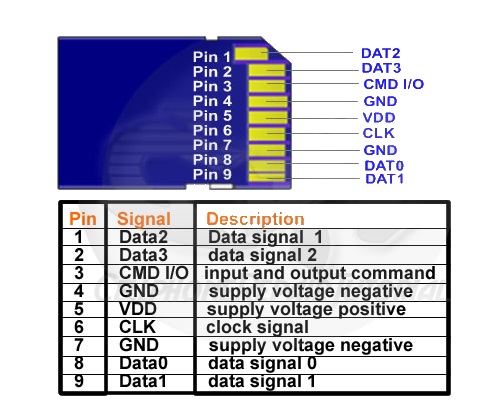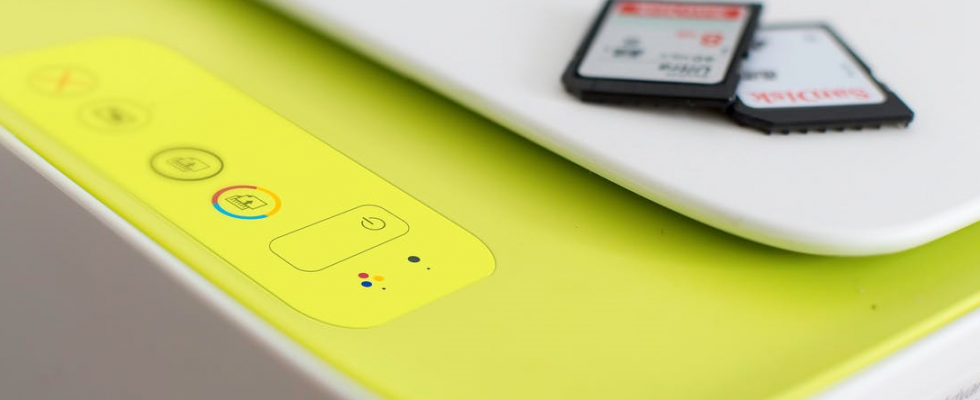SD card is a flash memory card, which is a new generation of memory devices based on semiconductor flash memory. Its features are small size, fast data transmission, hot plug-able and so on. SD card is widely used in portable devices, such as phones, digital cameras and multimedia players.
Just like the CF Card or other memory card type, the SD Card contains an internal controller that handles all internal flash memory operations. The data transfer between the host and the card is done in clock serial mode, in 512 byte blocks. Currently, the defined file system is FAT12/16 for cards that are 2 GB or less in capacity, and FAT32 or exFAT for cards that are 4 GB or more.
SD Card family includes SD Card, SDHC Card, and SDXC Card. A smaller physical size SD card is named microSD (microSDHC, microSDXC), which mainly used in compact digital devices like smart phones or other portable digital devices.
Standard SD Cards have a size of 24mmx32mmx1.44mm and operate at power supply level – 2.7-3.3V.
Standard SD Card interface:

When SDHC was released, three different series (Class 2, Class 4 and Class 6) were developed to represent the minimum stable access speed of the memory card. Later, Class 10 and the newly developed UHS (Ultra High Speed) standard were added.
More information regarding SD Card, you may check it from SDCard.org.

